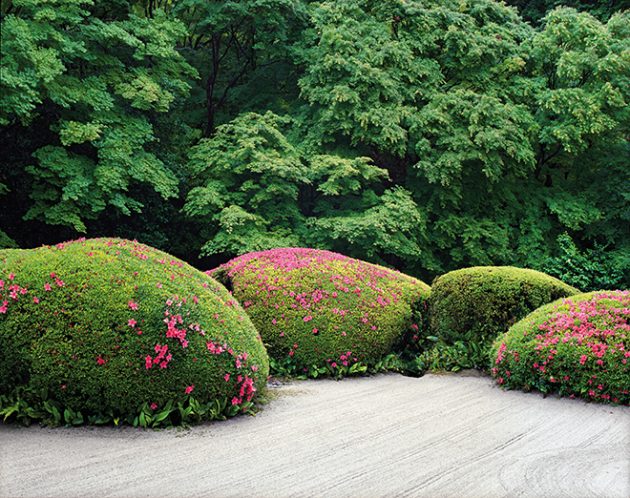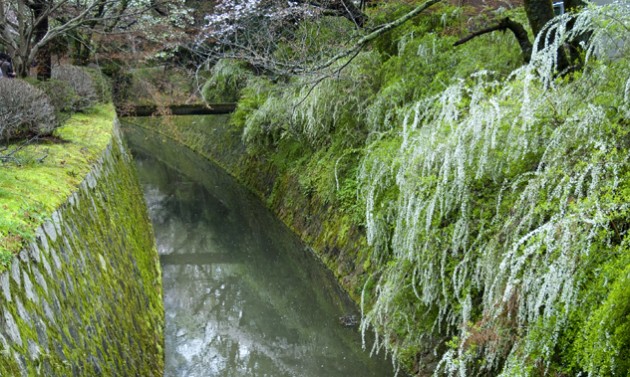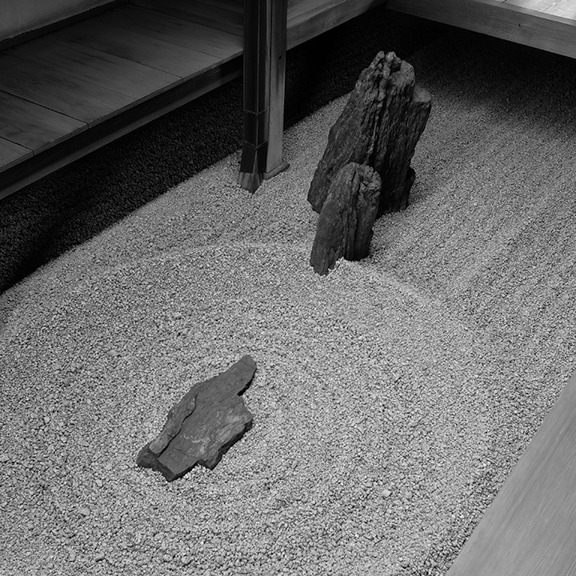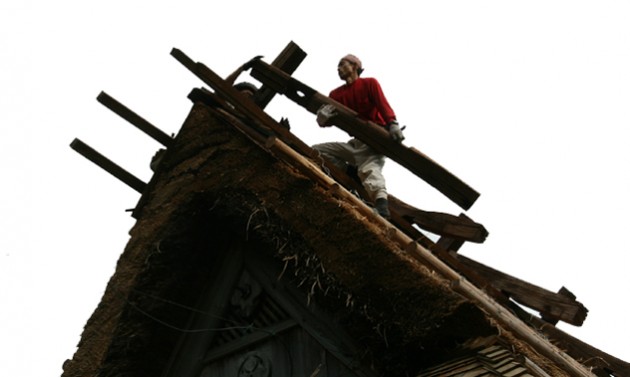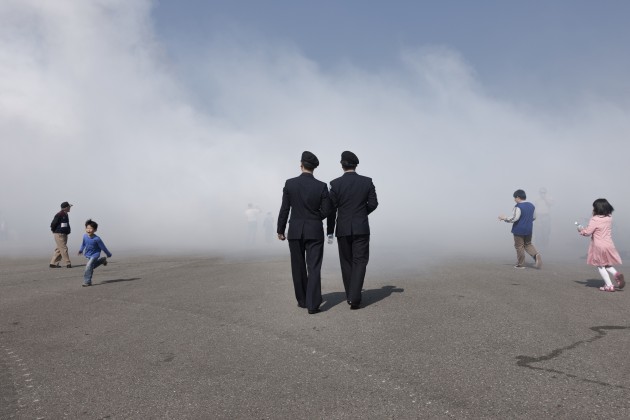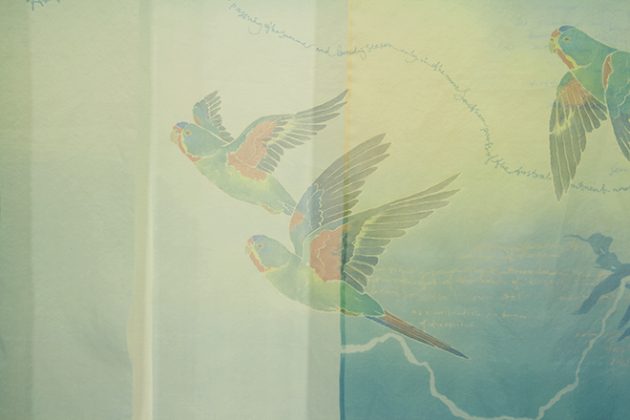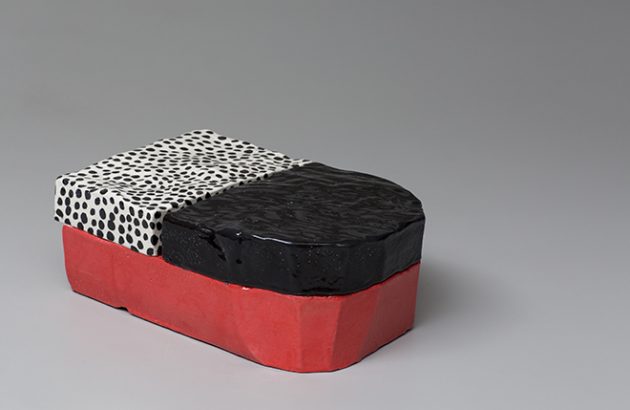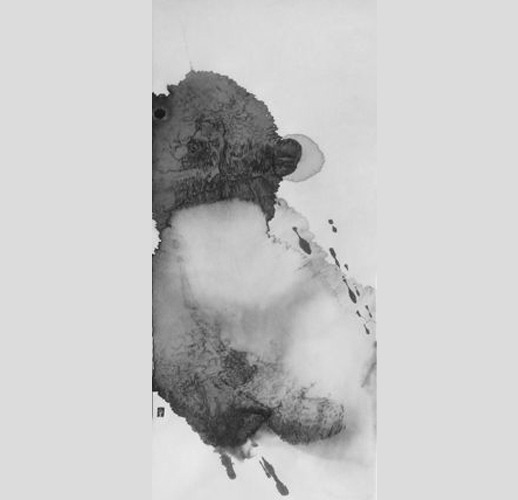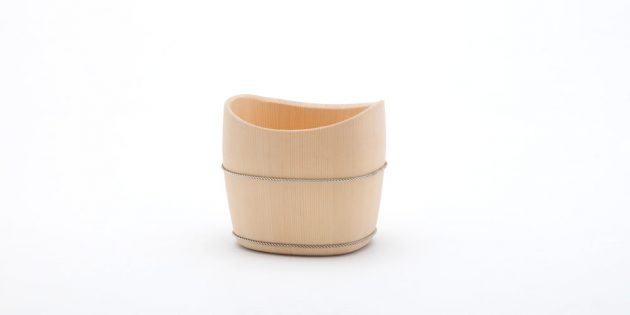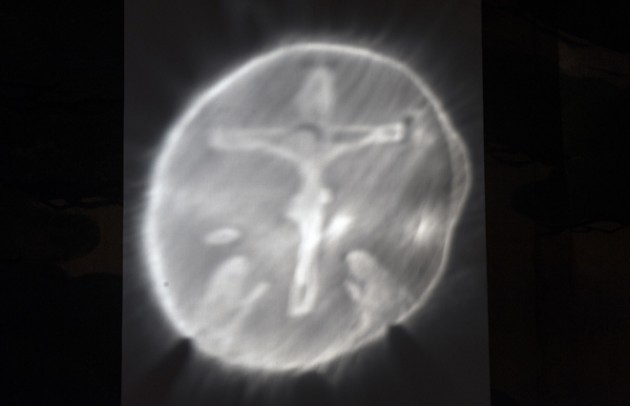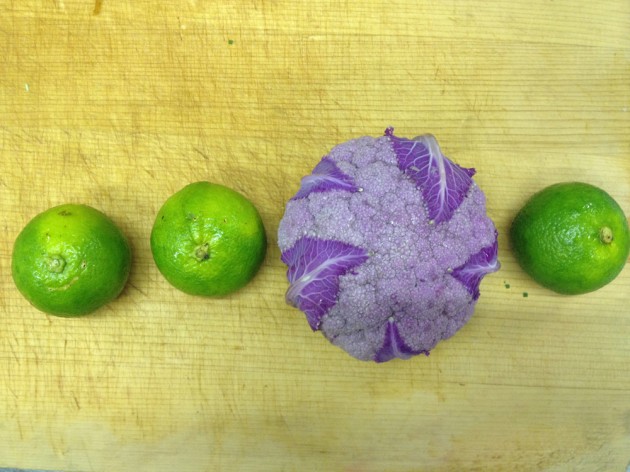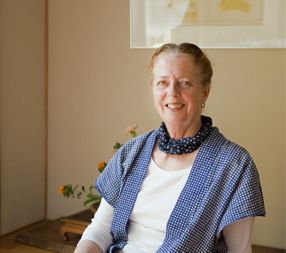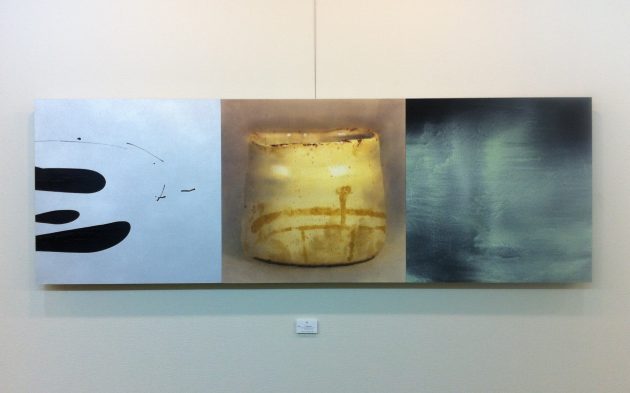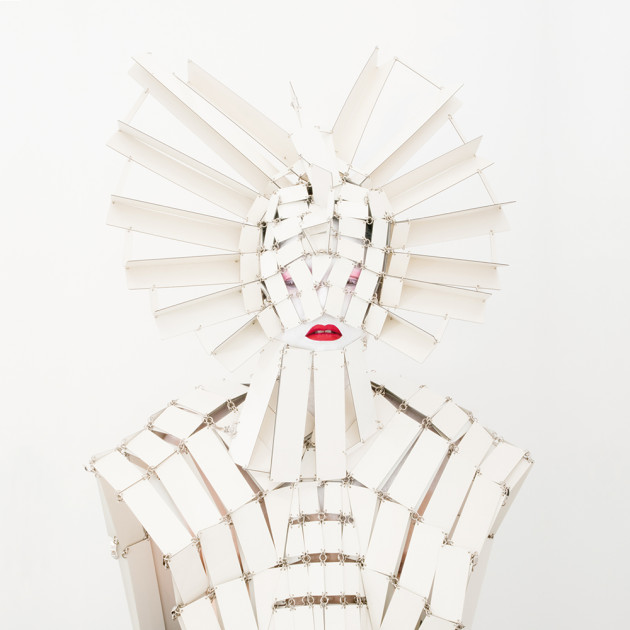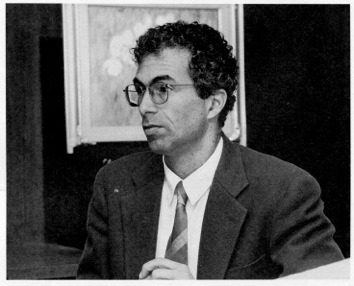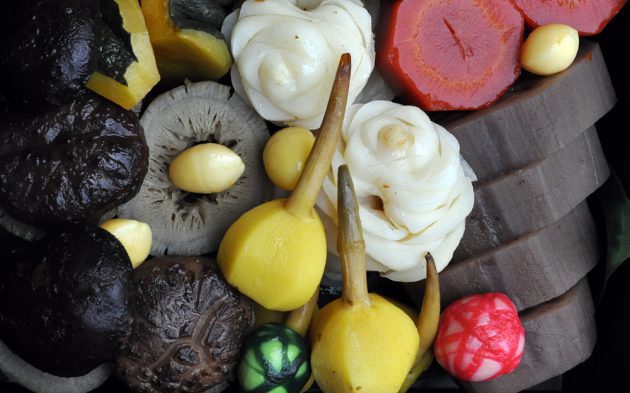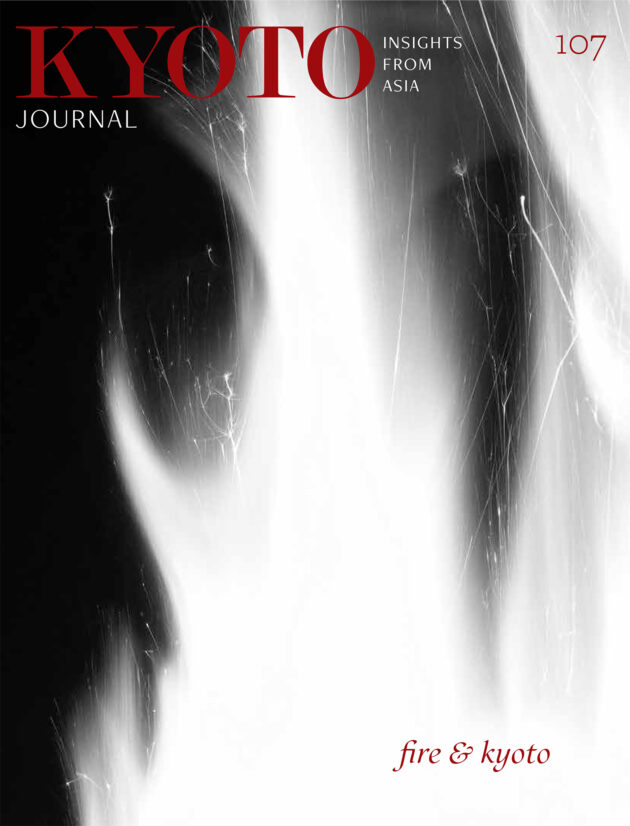OUR KYOTO
Nakanishi Hirofumi’s signature Sweet, Bitter and Matcha nama chocolates reflect modern tastes while paying tribute to Kyoto and its centuries-old artisan heritage.
Read More“My idea was to create photographs that explore this undefined border between private and public space by photographing the garden from deep inside the temple, balancing the areas of the tatami/ meditation space and the garden space equally in the image.”
Read MoreIt all began in 1980, when I was 29, with the first of a series of vivid dreams. These occurred at dawn and continued through four summer mornings. I would find myself in an unfamiliar yet comfortable foreign land, with men, women and kids whom I cared for, yet could not upon waking recall ever having met…
Read MoreKyoto exists in layers of wildness and control; something built juxtaposed with something natural: one against the other, layered, intertwined, spiraled infinitely around the plain, a kind of DNA of place.
Read MoreTaking a daily walk helped him to switch his mood. He therefore began a daily routine, walking not only to the Silver Pavilion (Ginkakuji) but to the Honen’in and Nanzenji area, where the scenery is exquisite.
Read MoreLove of rocks and gardens is what lured me to Japan. During an extended visit I photographed gardens in Kyoto every day for a year…
Read MoreNorth of Kyoto city lie the satellite communities that make up the country town or cho known as Miyama — famed for its thatched houses, and home to thatcher Nishio Haruo…
Read MoreWith some 140 published books over four decades, Mizuno Katsuhiko has been influential in defining Kyoto’s natural beauty and stimulating Kyoto people’s pride in their city. As a child, Mizuno’s daughter Kayu accompanied him on many of his photo outings…
Read MoreAPRIL 18-MAY10: Fourteen exhibitions on the theme of “TRIBE,” spread across Kyoto in brilliantly-coordinated venues ranging from a sub-temple of the city’s first Zen monastery to traditional inner-city machiya to a temporary Shigeru Ban cardboard-columned pavilion in front of City Hall to “anti-fashionista” Rei Kawakubo’s local Comme Des Garcons concept store.
Read More“Usually my pieces grow from a bird or an idea, sometimes an endangered species that has some story around it, like fragmentation of habitat….”
Read MoreTaking ceramic art into sculptural-pictorial realms, Kaneko Jun is an artist who straddles cultures and in a sense transforms them with his borderless art.
Read More“The sense of liberation among participants is almost palpable, there are no expectations, no ‘shoulds,’ no senses of inferiority, the baseline for everyone is the same.”
Read MoreWhen Nakagawa Shuji’s grandfather, Kameiichi, turned ten years old, he went to work at Tarugen. This famed maker of oke (wooden pails or buckets) and barrels, had been established in Kyoto during the waning years of the Edo period (1603-1868), and was to become Kameiichi’s workplace for the next 40 years. In the process, Kameiichi…
Read MoreWhen light is directed onto the face of sacred magic mirror, or makkyo, and reflected to a flat surface, an image magically appears. Kyoto Journal sits down with the man rumored to be the last remaining makkyo maker in the world — Yamamoto Akihisa.
Read MoreShōjin ryōri is rooted in the concept that the earth and body are inseparable. It is only through attaining a perfect symbiosis with the land that we can truly reap the benefits of the earth.
Read MoreJudith Clancy is the author of three books about Kyoto, Exploring Kyoto, Kyoto Machiya Restaurant Guide and Kyoto City of Zen. She has mapped Kyoto in words and images, enabling countless people, residents and visitors alike, to explore the exceptional cultural, historical, religious and gastronomic heritage of this city.
Read MoreThe sheer variety of images ranges between the hyper-realistic and the abstract: a gleaming white-and-blue ceramic sake ewer that could almost be plucked from the panel, a quiver of glowing vertical lines reminiscent of Star Trek’s transporter in mid-operation.
Read MoreOur theme will be “Tribe,” but not in an ethnic sense—it’s more in the sense of a community that shares the same sense of values.
Read MoreWhen I arrived in Tokyo in 1967 after studying in Poland, I had only $300 left…I came down to Kyoto on the train, rented a little house by Midoro-ga-ike, and started writing short stories….
Read MoreThe pleasure of shojin is to find freedom within limitation of using only vegetables.
Read More

